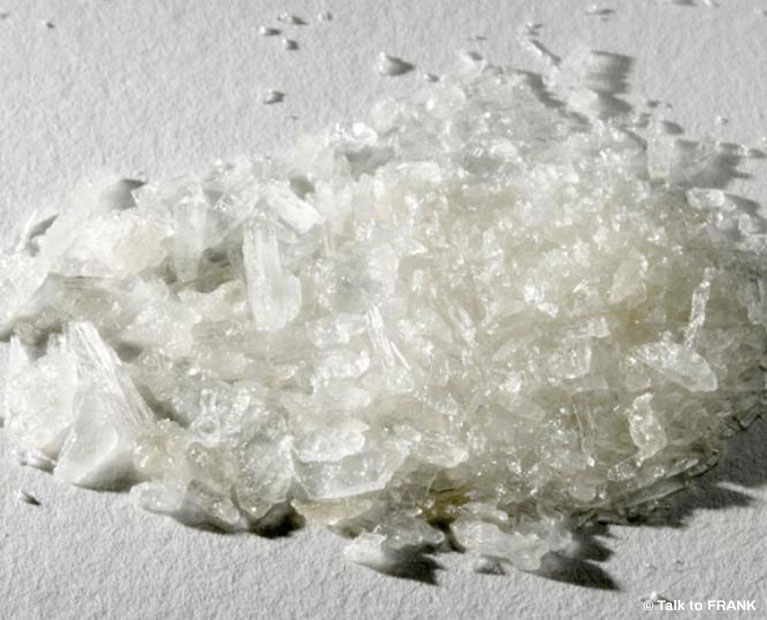
Smoking Outside: By the same token, residents of houses and other structures containing meth labs often go outside to smoke. Many meth addicts and meth makers are not only paranoid and secretive, but also unemployed. Staying Inside: Residents of houses containing meth labs may remain inside their homes for extended periods of time. For example, they may monitor passing cars, show great suspicion toward strangers, and – as noted above – construct elaborate security systems around their homes. Paranoid Behavior: Meth makers tend to act in a manner that is extremely paranoid and secretive. For example, soft drink bottles with hoses attached or cans of camping fuel with holes punched through the sides or bottom indicate the presence of a meth lab. Presence of Equipment or Apparatus Used to Meth: In addition, there may be strange types of equipment or apparatus in the house used to manufacture meth. The same is true for coffee filters covered with strange stains or powders. For example, multiple boxes of cold medicine, or cold medication removed from blister packs, may indicate the presence of a meth lab. While many of these ingredients and equipment are common, the amounts and the form of the ingredients needed to manufacture meth are different than what the average person would possess. sulfuric, muriatic, and/or hydrochloric acid.cold medications containing ephedrine or pseudoephedrine.Here are some typical meth-making ingredients and supplies: Homes containing a meth lab may have either (1) a large amount of a single meth ingredient, such as Sudafed, or, alternatively (2) a significant number of ingredients and supplies used to make meth. Presence of Meth Ingredients: The best indicators of meth production are the presence of the ingredients used to make the drug. The appearance of the structure depends on the care that the meth manufacturer takes to hide his or her unlawful activities. On the other hand, the structure may also appear very normal and orderly.
What does meth smell like on a child full#
A structure hosting a meth lab may be unkempt, unsanitary, and full of chemical odors. It may be immediately apparent that meth is being manufactured and used in the structure. plastic or rubber hoses, duct tape, rubber gloves, or respiratory masks.Īppearance and Cleanliness of the Structure: Houses and other structures hosting meth labs vary enormously in their appearance.plastic soda bottles with holes near the top, often with tubes coming out of the holes.empty containers – often with puncture holes – of antifreeze, white gas, ether, starting fluids, Freon, lye, drain opener, paint thinner, acetone, alcohol, or other chemicals.used coffee filters with colored stains or powdery residue.lithium batteries that have been torn apart.
What does meth smell like on a child windows#
They may open windows on cold days or at other seemingly inappropriate times, and they may set up fans, furnace blowers, and other unusual ventilation systems.Įlaborate Security: Meth makers often set up elaborate security measures, including, for example, "Keep Out" signs, guard dogs, video cameras, or baby monitors placed outside to warn of persons approaching the premises.ĭead Vegetation: Meth makers sometimes dump toxic substances in their yards, leaving burn pits, "dead spots" in the grass or vegetation, or other evidence of chemical dumping.Įxcessive or Unusual Trash: Meth makers produce large quantities of unusual waste that may contain, for example: Strange Ventilation: Meth makers often employ unusual ventilation practices to rid themselves of toxic fumes produced by the meth-making process.

These odors have been compared to the smell of cat urine or rotten eggs.Ĭovered Windows: Meth makers often blacken or cover windows to prevent outsiders from seeing in. Unusual Odors: Making meth produces powerful odors that may smell like ammonia or ether. It is important to learn to recognize these "telltale signs" and know what to do if you see them. Some of these signs concern the appearance of the structure itself, while others concern the behavior of the occupants.


 0 kommentar(er)
0 kommentar(er)
